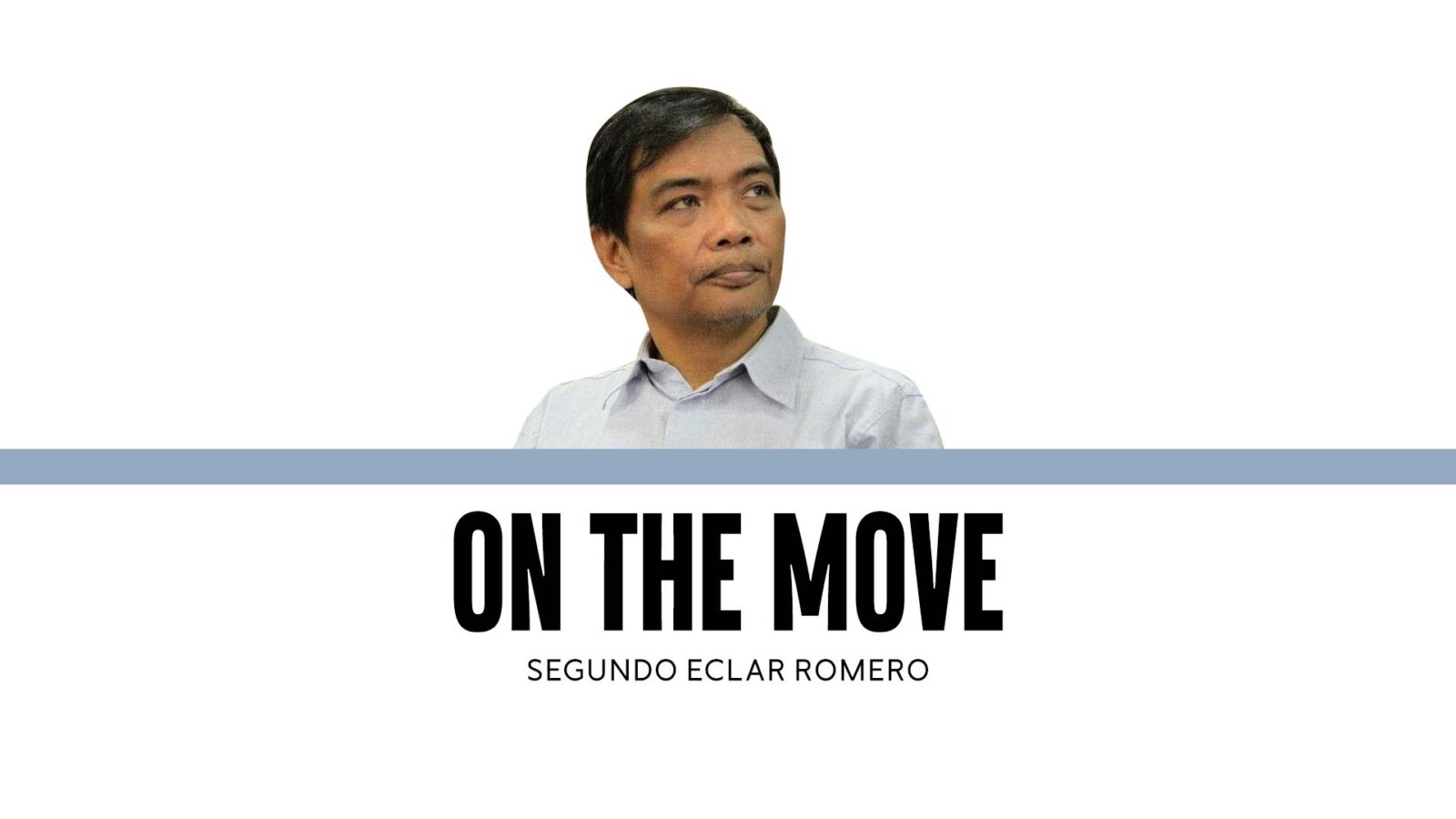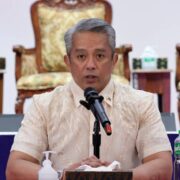Locking in a resilient Philippine foreign policy

China accuses President Marcos of “playing with fire.” Beijing’s reaction exposes its two-track playbook. The Chinese Foreign Ministry stuck to calibrated legalism—reasserting “one China” and warning Manila against interference—while party-aligned outlets, such as the Global Times, hurled sharper accusations, branding the India trip as meddling in a US-led containment arc.
But China’s swagger in the West Philippine Sea hides unusual internal strains—military purges, procurement scandals, and political jockeying—that make it less ready to escalate beyond propaganda and shadowing. Underneath Beijing’s South China Sea projection of coherence and strength, the Chinese political-military system is in unusual flux. The purges of senior People’s Liberation Army officers, procurement scandals, and visible internal policy debates have fragmented parts of the security establishment. The PLA’s Rocket Force and naval procurement arms have both faced investigations. These internal strains make China less ready to upscale its aggressive behavior beyond “acoustics”—loud warnings, propaganda blasts, and gray-zone shadowing.
Mr. Marcos’ India trip, upgrading ties to a strategic partnership and linking security to trade, shows how Manila can use this pause to lock in gains. The challenge is futureproofing: weaving sovereignty defense into jobs, infrastructure, and legally binding deals that endure beyond May 2028 and survive Washington’s policy swings. With transparency at sea, deeper non-US alliances, humanitarian-first Taiwan contingencies, and sustained lawfare, the Philippines can turn a moment of Chinese befuddlement into a durable advantage—one that no single election or foreign capital can undo.
Mr. Marcos’ trip to New Delhi was more than a courtesy call. It elevated India–Philippines relations, showcased joint naval drills in the West Philippine Sea, and signaled further defense cooperation, including possible additional BrahMos missile purchases. Mr. Marcos’ remark that the Philippines “can’t stay out” of a Taiwan conflict if it erupts—citing proximity and the large community of overseas Filipino workers—turned the visit into a regional headline.
International relations analysts saw the India leg as part of a middle-power redundancy strategy: diversifying partners to complicate Beijing’s coercion calculus while lowering reliance on any single ally, especially Washington. Indian and Philippine leaders framed it as a blend of maritime security, economic ties, and people-to-people programs—an architecture meant to outlast individual presidencies.
This window of opportunity for Manila could slam shut if mishandled. A “China-fawning” president could reverse gains in sovereignty protection. The challenge is to future-proof the current sovereignty-maximizing approach, so it survives political turnover at home and policy volatility abroad. What is to be done?
Lock in, not just lean in. Prioritize treaty-backed or Senate-ratified instruments—fully operationalize the Japan–Philippines Reciprocal Access Agreement and keep Edca site upgrades as multiyear and multiuse hubs for humanitarian and disaster relief, not just defense. By interweaving these measures with local jobs, livelihood projects, and industry partnerships through formal agreements backed by mutually beneficial programs, the Philippines roots its maritime strategy in domestic constituencies.
Make deterrence domestic. Connect security moves to tangible benefits—ports, digital infrastructure, and renewable energy corridors—so voters see sovereignty policy as part of jobs-and-prices policy, not an abstract military agenda. The Luzon Economic Corridor initiative linking US, Japan, and Philippine investments is an example.
Exploit “acoustics” with transparency. If Beijing favors information operations over kinetic escalation in the near term, Manila can play this game as well. It should publish full incident records—video, AIS data, and damage forensics—within 48 hours. Inviting third-party observers on sensitive missions turns Chinese noise into Philippine evidence, sustaining international support.
Thicken the non-US lattice. Expand predictable joint patrols and coast guard interoperability with India, Japan, Australia, and Asean partners. The India–Philippines joint sail in the West Philippine Sea should become quarterly, less symbolic.
Signal humanitarian primacy on Taiwan. Frame any Philippine role around overseas Filipino worker evacuation and humanitarian assistance. This maintains public support at home and narrows Beijing’s ability to retaliate without appearing callous.
Upgrade lawfare. Prepare follow-on legal cases targeting specific harassment patterns and environmental damage, with amicus briefs from multiple states. Even if slow, these cases erode the legitimacy of coercion and create a legal basis for coordinated responses.
The next five years will be decisive. The task is to weave sovereignty defense into the political, economic, and social fabric of the Philippines so tightly that it cannot be unpicked by a single election—or by the changing winds in foreign capitals.


















